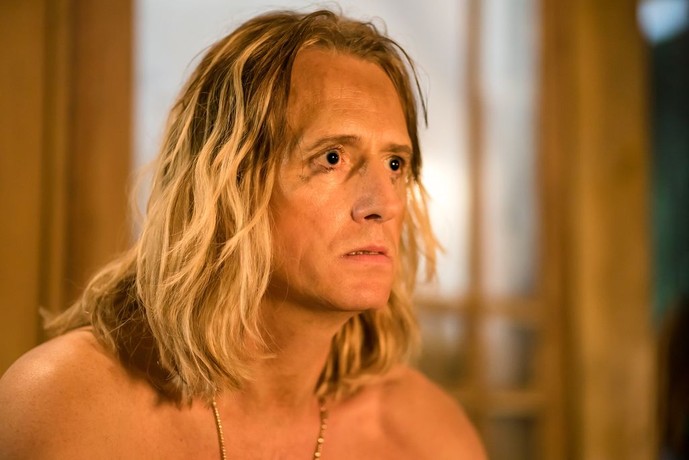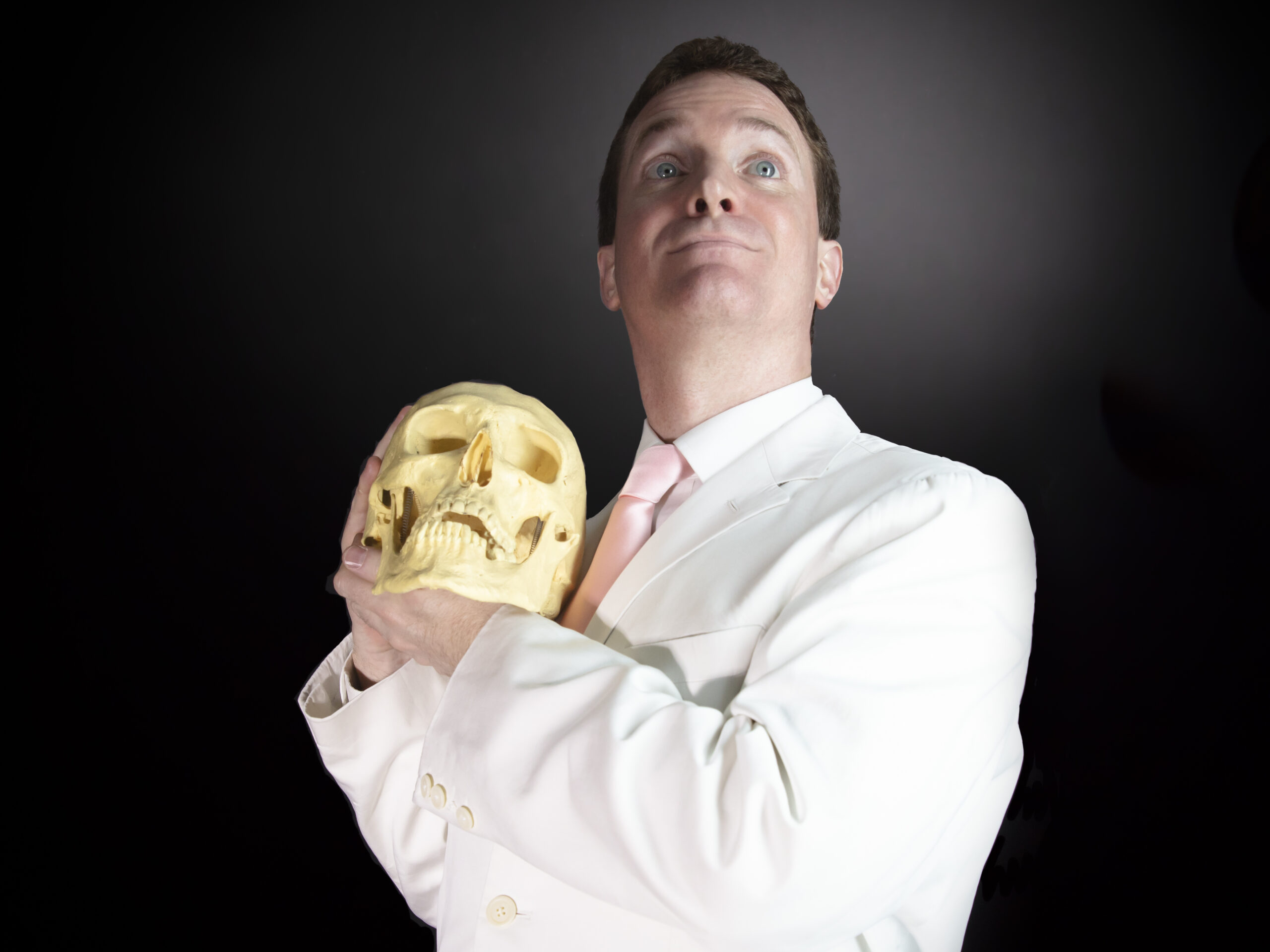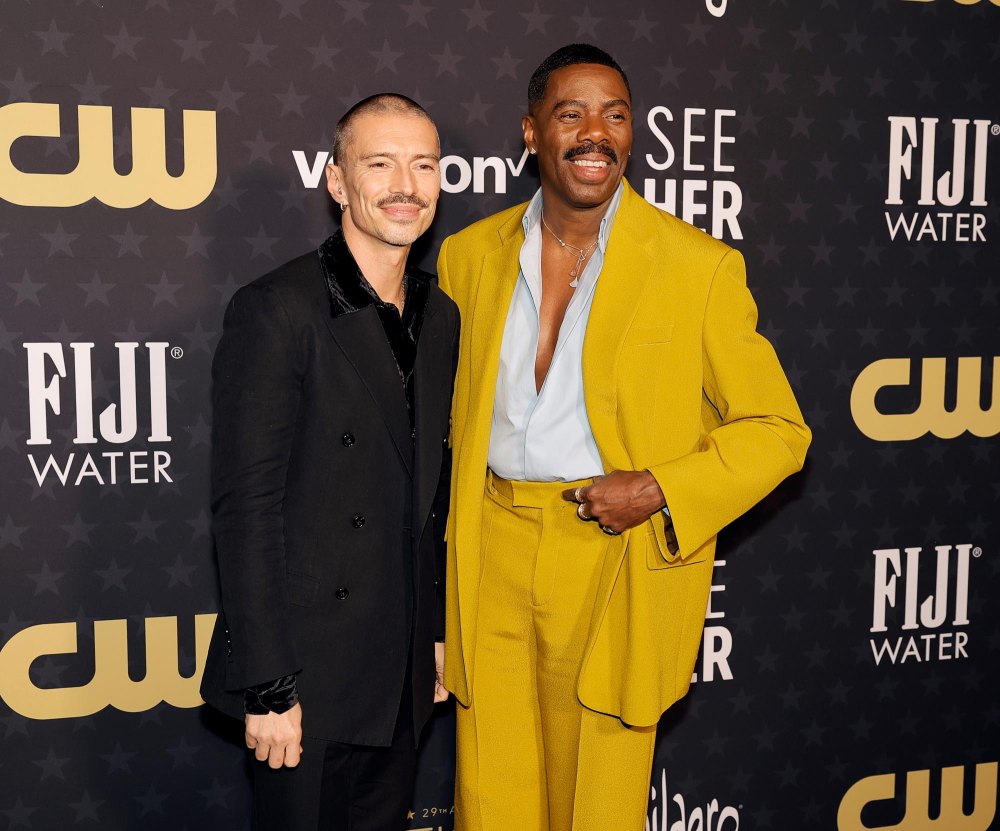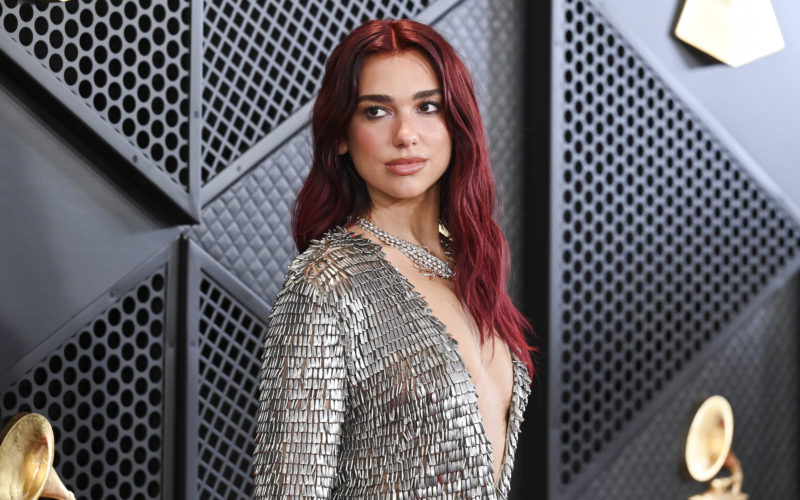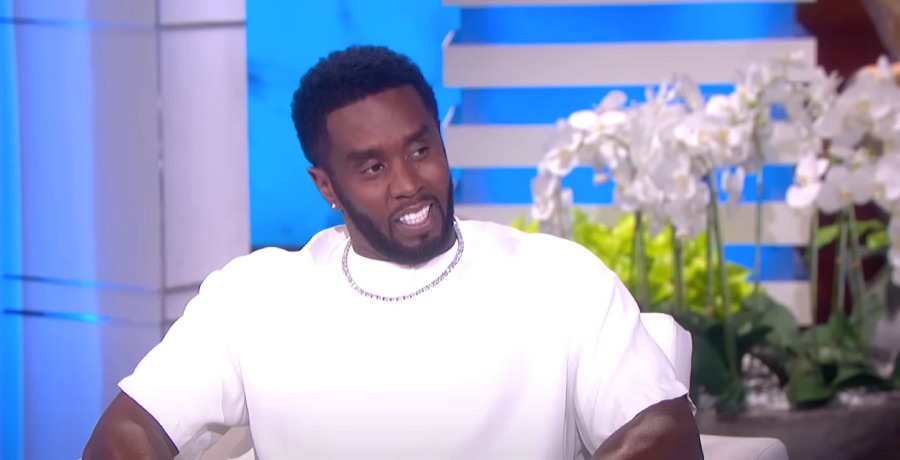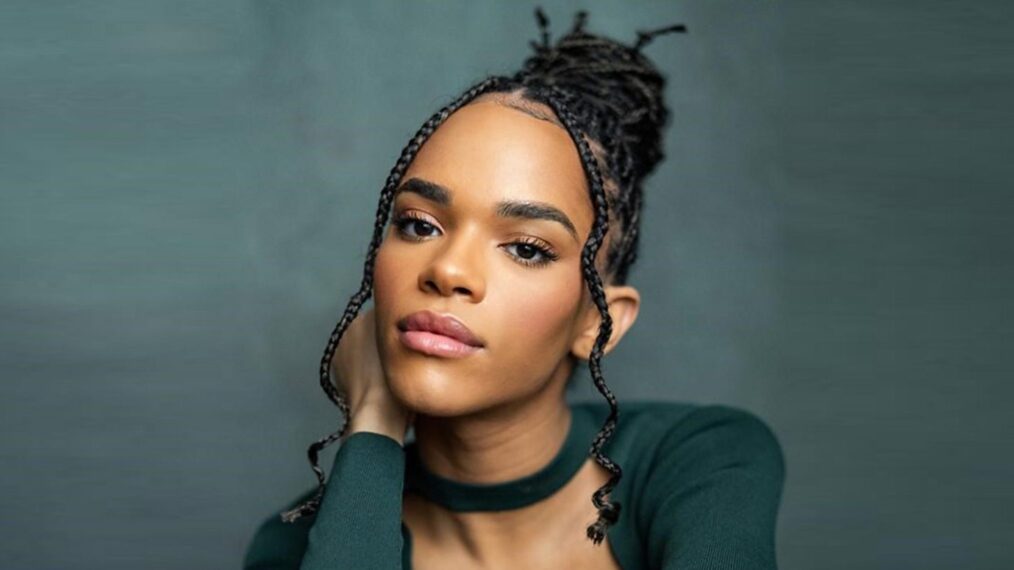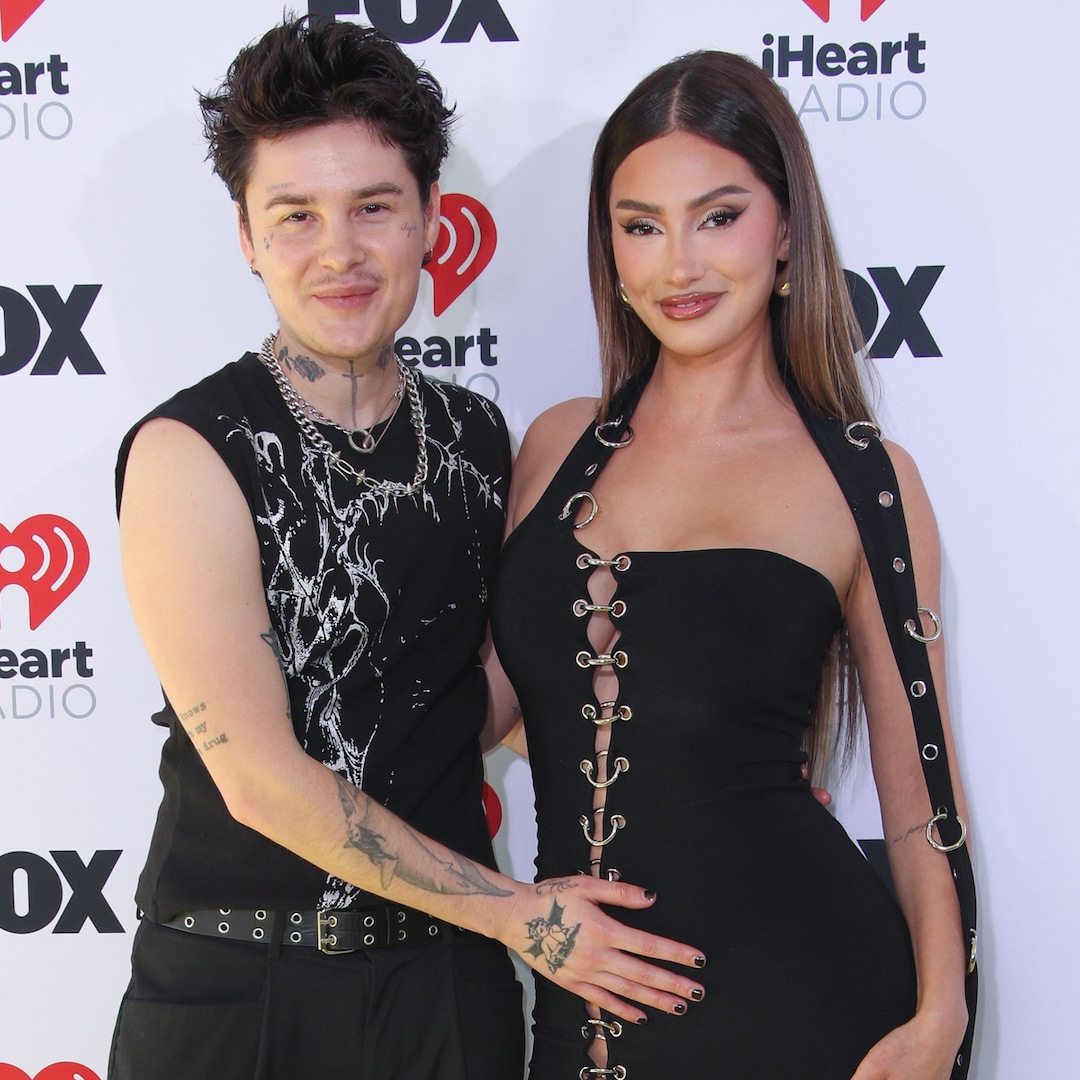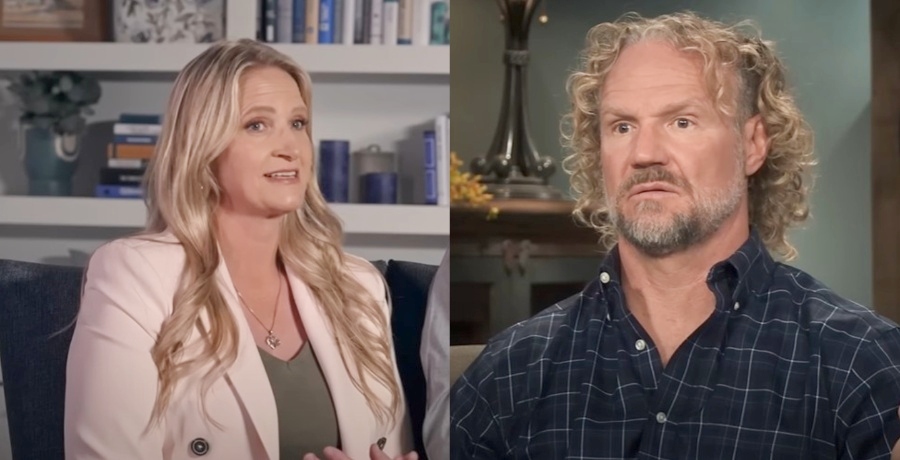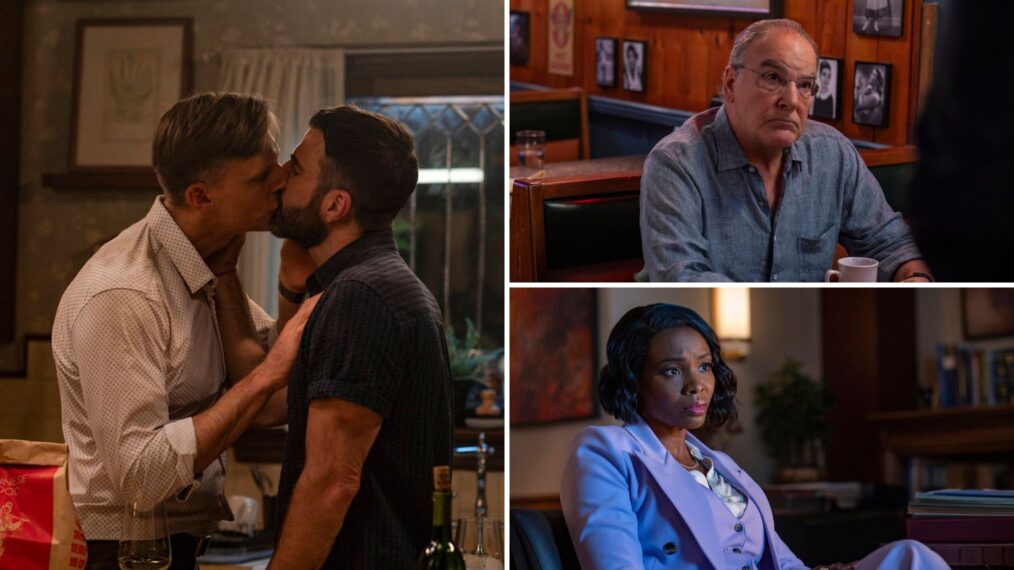A Nightmare on Elm Street was a success that spread through word of mouth. It was made for very little money and was released on a limited number of screens. A Nightmare on Elm Street 2 was a hit in comparison, it was the highest grossing horror film of 1985, but it was not as critically successful as the first. Then along came A Nightmare on Elm Street 3: Dream Warriors. A major hit financially and a huge success all around. People loved it.
But nobody, not even the filmmakers themselves, was prepared for the success of A Nightmare on Elm Street 4: The Dream Master. It is the movie that made Freddy Krueger an icon. It is the film that secured his status as a household name. This was A Nightmare on Elm Street for the MTV generation. Adjusted for inflation, it is still the most successful in the entire franchise.
It became clear that a fourth Nightmare was necessary about as soon as Dream Warriors hit theaters. It was clear that its success was not going away. So a new movie was put on the fast track to be released the following year—unfortunately the Writer’s Guild strike hit about the same time. The movie was released less than a year after the release of Part 3, and it was readily apparent as planning and writing began that they would begin filming without a finished script. Which is precisely what happened.
The search for a director for Nightmare 4 was just as tough. Producer Robert Shaye was not happy with anyone he saw for the project. Another producer had seen a feature from Empire Pictures that had just been released called Prison and wanted to bring in that film’s director, Renny Harlin, to meet with Shaye. They met, and Shaye hated Harlin almost immediately.
Harlin had moved to the USA from Finland very recently, and even with a film under his belt was still living in a very small apartment and eating out of a can. Shaye thought he looked and smelled like a bum. Eventually, though, he caved. He noticed that Harlin was tall and muscular, and figured that if nothing else he could at least work for the intensive hours the movie would require without collapsing.
Harlin brought a strong and specific visual style with him to the film. The scenes were storyboarded and elaborately planned by the VFX crew. The meticulously designed visuals were what the crew used as a template during filming. The character scenes were sort of padded around the visual effects. Naturally, it became more style than substance—especially when considering the balance struck by the previous.
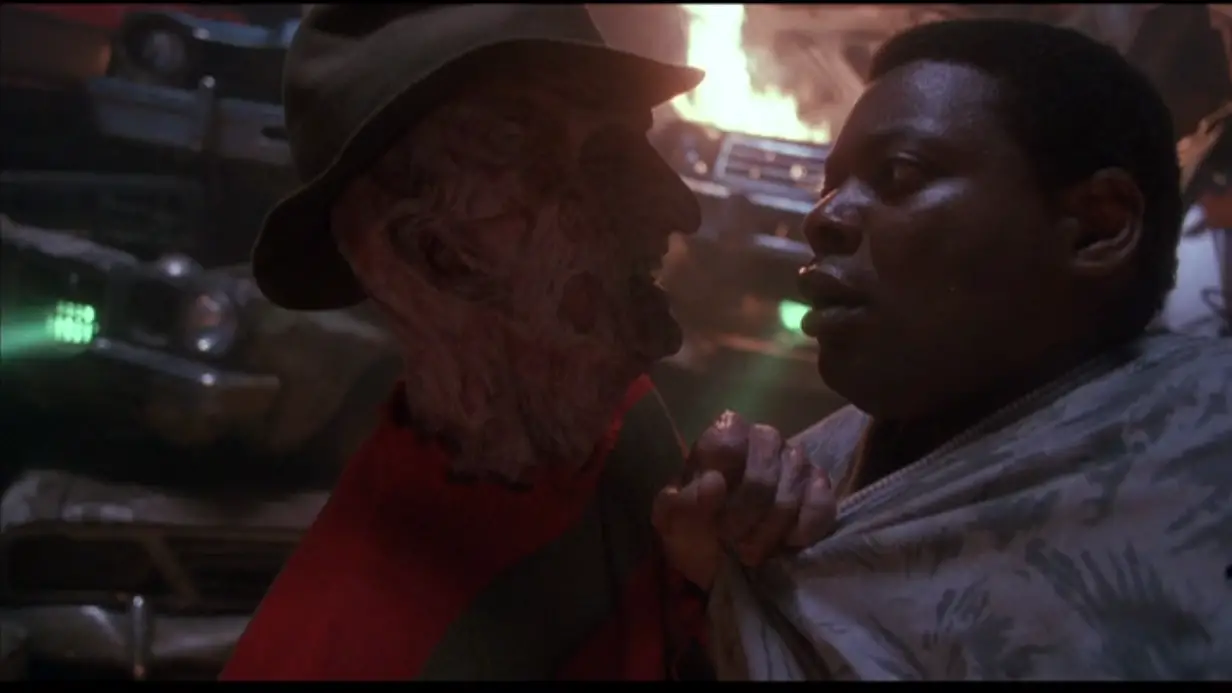
More than anything, the problem with The Dream Master is that it lives in the shadow of Dream Warriors. Because that movie has such a perfect balance of characters, scares and incredible and imaginative FX. Even though the fourth has all of these elements, at least to a degree, it suffers from not going to the same lengths as the third in order to balance all of these aspects and convey them in a manner that neither takes them out of the film nor panders to them to explain things.
This still has all of the Nightmare on Elm Street essentials. There is the protagonist, Alice, a meek and quiet girl. In fact, she’s a daydreamer which is an interesting notion in this series. A young woman who is unsure of herself at the beginning of the film, but comes into her own and really becomes an iconic heroine by the end.
Then you have her friends. They’re closer to stock characters when compared to the third film, but this one moves a lot more quickly and there’s not as much time to get to know them. But they do have fears and these do come through for the most part. You have a girl who’s afraid of bugs, who Freddy kills by turning into a cockroach and then squishing her inside of a roach motel.
You have a techno-genius who does not showcase her sexuality and suppresses her hormones and is kissed to death (sort of) by Freddy. Alice’s brother, Rick, believes himself to be a master of karate, but he’s no match for Krueger when it comes to one-on-one combat. Serviceable, but not nearly as smartly handled as the previous film.
Part of the reason this draws such stark comparison with Dream Warriors is the fact that the surviving characters of that film are all brought back only to be killed off near the beginning of the movie. Tuesday Knight replaces Patricia Arquette as Kristen, and again she is serviceable, but it’s awkward to watch her step into the role especially as the actors playing her friends remain the same.
And then there’s Freddy himself. This is the game-changer. While Freddy straddled a fine line of sadistic torment and dark, wry humor in Dream Warriors, this movie pushes him well over it. This is Freddy the rock star, something that audiences had not seen from the prior films. Harlin said that he wanted Freddy in this one to be the James Bond of horror, and that’s exactly what he is. He’s in the movie as much as any other character, hardly ever kept in the background. He’s the central character. This is the first in which Robert Englund is first-billed and there’s a definite reason for that.
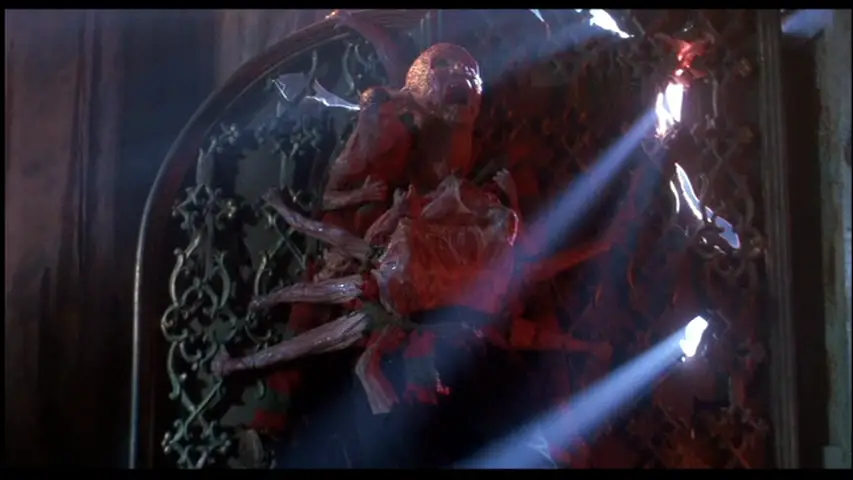 This movie is a circus and Freddy is the ringmaster. He’s not so much a sinister villain as he is a showman introducing a freak show, gag by gag. There were five different FX companies working on this film to make that freak show a reality. The visual boundaries were pushed further than the series had ever pushed before. From a girl being turned into a cockroach up to Freddy’s spectacular death scene as the souls imprisoned inside of him claw their way out of his body and tear him to pieces.
This movie is a circus and Freddy is the ringmaster. He’s not so much a sinister villain as he is a showman introducing a freak show, gag by gag. There were five different FX companies working on this film to make that freak show a reality. The visual boundaries were pushed further than the series had ever pushed before. From a girl being turned into a cockroach up to Freddy’s spectacular death scene as the souls imprisoned inside of him claw their way out of his body and tear him to pieces.
After this, everything changed for the franchise. It was a massive hit. Freddy Krueger cemented himself as a household name. In the blink of an eye, there was a video game for NES. There were Freddy toys and yo-yo’s. Just about anything you could imagine had Freddy Krueger’s face burned face onto it.
More than that, though, just after The Dream Master struck big at the box office, Freddy was given his own TV show. Freddy’s Nightmares saw Robert Englund in the makeup every week, introducing new stories from the town of Springwood, and sometimes even participating in them. The show ran for three seasons before its inevitable cancellation, but it did nothing to take Freddy out of the eye of the public conscious. He was there to stay.
In addition to staring in his own TV show, Freddy appeared in music videos, even rapping with the likes of The Fat Boys and Will Smith. He appeared in commercials, on talk shows, and there was a 1-900-number you could call to have Freddy Krueger berate you. He was everywhere, completely saturating the marketplace in less than a year.
In many ways, the huge success of A Nightmare on Elm Street 4 was also the downfall of the franchise. After a peak, the rollercoaster always goes back down again, and while Freddy would cement himself as a cinematic icon forevermore, the franchise itself could never recapture that success, no matter how hard it tried. It wasn’t until the monster mash-up Freddy vs. Jason that the record set by The Dream Master would again be broken.
Follow us on social media: Twitter and Facebook
Post Views:
1,099



